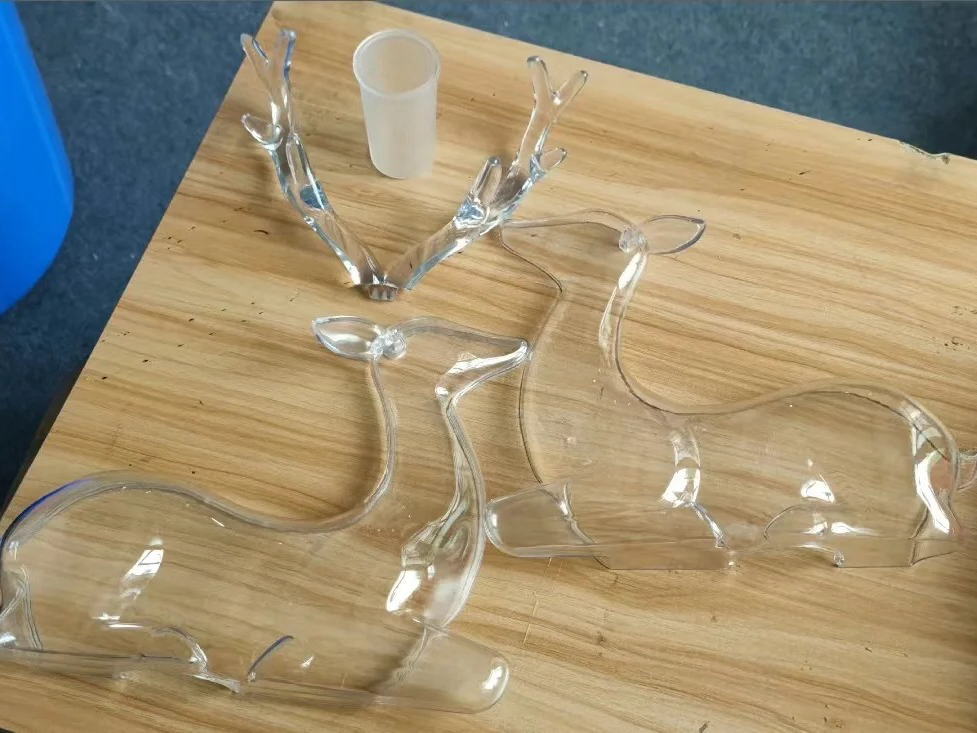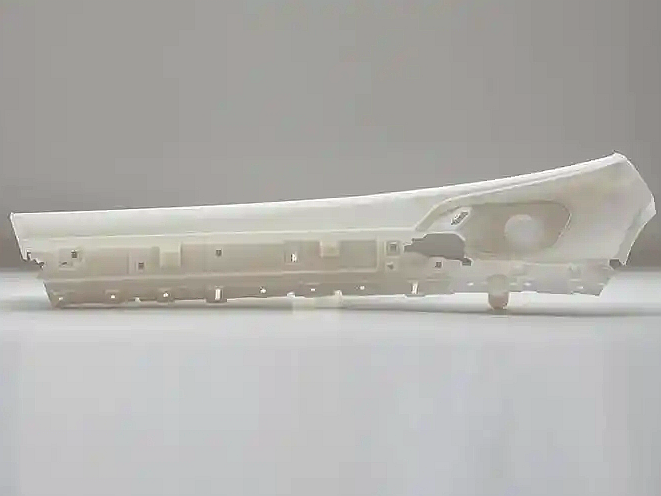UV-Resistant Resins
Introduction to UV-Resistant Resins for 3D Printing
UV-resistant resins are advanced photopolymers formulated to withstand prolonged exposure to ultraviolet light without significant discoloration, brittleness, or degradation. These resins are ideal for outdoor applications, light-exposed prototypes, transparent display parts, and enclosures requiring color stability and long-term durability.
Stereolithography (SLA) and Digital Light Processing (DLP) are the preferred technologies for UV-resistant resins, providing ±0.05 mm accuracy and fine surface finishes suitable for visual and structural applications.
International Equivalent Grades of UV-Resistant Resin
Grade Type | Resin Code | Application Examples |
|---|---|---|
Outdoor Resin | UVR-Grey | Housings, fixtures, signage components |
Transparent UV Resin | UV-Clear | Covers, lenses, light diffusers |
ISO Standard | ISO 4892-3 | UV weathering exposure resistance |
ASTM Standard | D4329 | UV aging and durability testing |
Comprehensive Properties of UV-Resistant Resins
Property Category | Property | Value |
|---|---|---|
Physical | Density | 1.12–1.16 g/cm³ |
UV Curing Wavelength | 405 nm | |
Mechanical | Tensile Strength | 45–60 MPa |
Modulus of Elasticity | 2,000–2,400 MPa | |
Elongation at Break | 5–12% | |
Hardness | 85–90 Shore D | |
UV Resistance | Yellowing Resistance (QUV Test) | >500 hours exposure |
Dimensional Stability (ISO 4892) | Excellent |
Suitable 3D Printing Processes for UV-Resistant Resins
Process | Typical Density Achieved | Surface Roughness (Ra) | Dimensional Accuracy | Application Highlights |
|---|---|---|---|---|
≥99% | 3–6 µm | ±0.05 mm | Best for UV-stable display covers, housing shells, and light-exposed components | |
≥99% | 4–8 µm | ±0.05 mm | Ideal for small high-resolution parts requiring long-term outdoor durability |
Selection Criteria for UV-Resistant Resin 3D Printing
Color and Clarity Retention: UV-resistant resins maintain their original appearance after extended sunlight or UV lamp exposure, unlike standard resins which yellow or crack over time.
Mechanical Stability in Sunlight: Maintains tensile strength and surface integrity after weeks or months of UV exposure, suitable for outdoor industrial and consumer applications.
Surface Finish and Aesthetic Durability: Yields smooth, semi-gloss or clear surfaces that remain stable without significant discoloration, fading, or chalking.
Post-Cure Optimization: Post-curing is essential to activate UV stabilizers and maximize weathering resistance.
Essential Post-Processing Methods for UV-Resistant Resin Parts
UV Post-Curing: Cure with 405 nm UV light for 30–60 minutes to fully develop thermal and UV resistance properties.
IPA Washing and Drying: Use IPA or ethanol to clean the surface of uncured resin, ensuring clarity and clean finish.
Clear UV-Coating (Optional): Use clear coatings to further enhance gloss, UV blocking, and weather protection for outdoor environments.
Sanding and Polishing: Wet sanding and polishing are applicable for transparent or aesthetic parts to enhance clarity and smoothness.
Challenges and Solutions in UV-Resistant Resin 3D Printing
Overcuring Can Cause Embrittlement: Follow manufacturer curing specifications to prevent excessive rigidity or cracking during long-term exposure.
Surface Micro-Cracking in Harsh Conditions: Use UV coatings or select resins with advanced stabilizers for outdoor parts in desert, marine, or elevated UV index zones.
Moisture and UV Combined Aging: Store parts in low-humidity environments and test under combined UV + moisture cycles for demanding applications.
Applications and Industry Case Studies
UV-resistant resin is widely used in:
Consumer Electronics: Outdoor casing components, display windows, light-transmitting housings.
Architecture & Signage: Weatherable signage, transparent protective panels, and outdoor product mockups.
Medical Devices: UV-exposed wearable housings, light-exposed diagnostics casings.
Automotive & Aerospace: Indicator light diffusers, external cosmetic parts, UV-exposed interior trim.
Case Study: An architectural signage company used SLA UV-resistant resin to produce illuminated signage panels. The parts remained optically stable after 1,000+ hours of UV exposure, passing QUV ASTM D4329 yellowing tests without degradation.
Frequently Asked Questions (FAQs)
How long can UV-resistant resin parts remain stable under sunlight or UV exposure?
What post-processing steps are required to maintain clarity and resist yellowing?
Can UV-resistant resins be used for outdoor signage or enclosures?
What is the difference between standard clear resin and UV-resistant clear resin?
Are UV-resistant resins suitable for parts exposed to both sunlight and rain?



